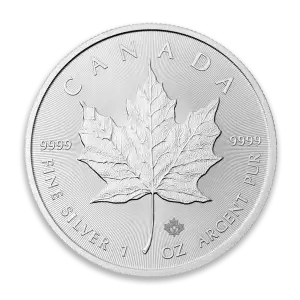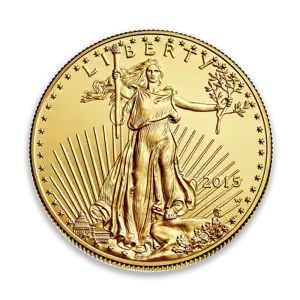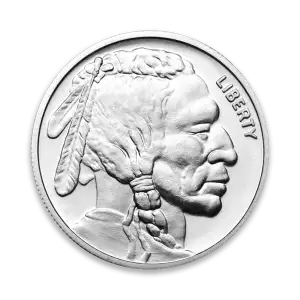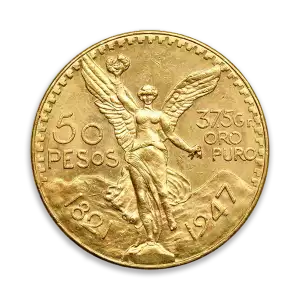Top National Gold Reserves
As of December 31, 2024, central banks around the world collectively held approximately 35,938.6 metric tons of gold in their reserves. These holdings serve as a foundation for national financial stability and are a hedge against economic uncertainties.
The top holders of gold reserves are:
- United States: 8,133.5 metric tons (72.4% of total foreign reserves)
- Germany: 3,351.5 metric tons (71.5%)
- Italy: 2,451.8 metric tons (68.3%)
- France: 2,436.9 metric tons (69.9%)
- Russia: 2,335.9 metric tons (29.5%)
- China: 2,264.3 metric tons (4.9%)
- Switzerland: 1,040.0 metric tons (8.0%)
- Japan: 845.9 metric tons (5.1%)
- India: 854.7 metric tons (9.5%)
- Netherlands: 612.4 metric tons (61.6%)
Recent Changes in Gold Reserves
China:
After an 18-month streak of gold purchases, the People's Bank of China paused acquisitions in May 2024. In November 2024, they resumed buying, increasing holdings to 72.96 million fine troy ounces. Despite this, the value of China's gold reserves decreased due to a drop in gold prices following global market reactions.
India:
The Reserve Bank of India significantly increased its domestically held gold reserves, reaching 510.46 metric tons by the end of September 2024, up from 408.31 metric tons in March 2024. This move reflects India's strategy to bolster its financial stability amid global economic fluctuations.
These adjustments in gold reserves by various countries underscore the ongoing importance of gold as a strategic asset in national financial systems.












